After 5 months of active archaeological work, the researchers part of Professor Vassil Nikolov's team are already convinced that they have found the remains of not only the first salt-extraction center in Europe but also the first prehistoric town center, from which today's civilization originates. The prehistoric archaeological complex Provadia-Solnitsa is located near the modern Bulgarian town of Provadia. Its remains date back to 5500 to 4250 BC.
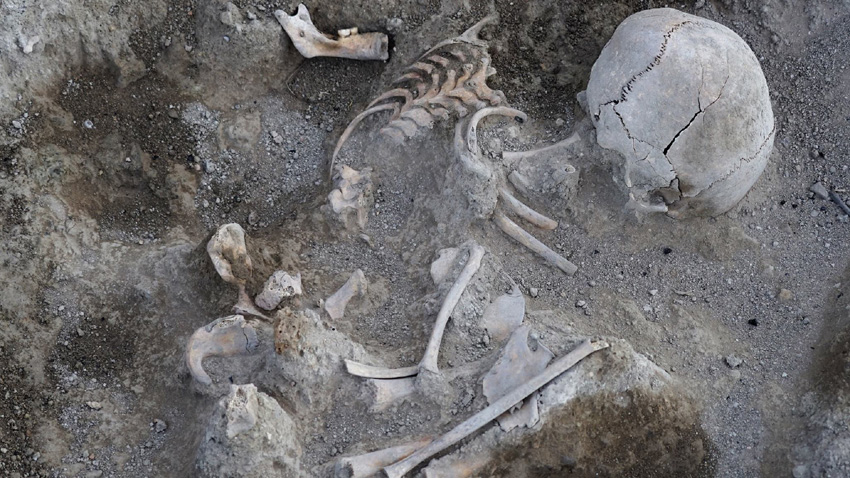
Archaeologists have found a salt-producing center with a sanctuary and a settlement of around 4700 BC, fortified with thick stone walls. An unexplored ceramic manufacturing center is also thought to exist. The emergence and development of the complex are directly linked to the large and only one rock salt deposit in the Eastern Balkans. Scientists say the settlement and the salt mine near Provadia are among the most significant prehistoric sites in Southeastern Europe. On an area of 300 decares, archaeologists unearthed tons of ceramic pots in which water from the local salty springs was boiled and salt extracted.
For the time being, the location of the center for this large-scale production of ceramic vessels remains a mystery. Moreover, scientists say pottery wheels were not used back then, however the remains of vessels with a diameter and height of about 70 cm were unearthed.
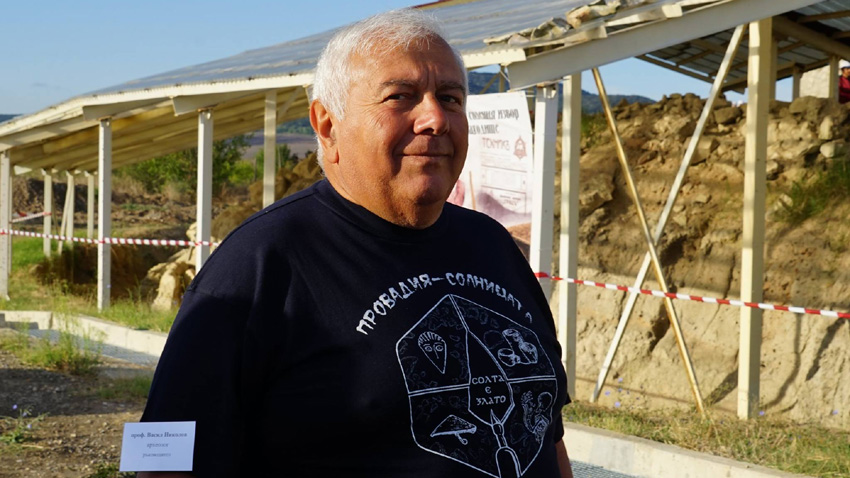 "This speaks of a multifaceted production within the town complex and gives us reason to believe that we have discovered the place where the first specialized production occurred within an agricultural and livestock economy in the fifth millennium BC" Prof. Vasil Nikolov says and continues:
"This speaks of a multifaceted production within the town complex and gives us reason to believe that we have discovered the place where the first specialized production occurred within an agricultural and livestock economy in the fifth millennium BC" Prof. Vasil Nikolov says and continues:
"The salt center near Provadia is the oldest one in Europe. Its beginning dates back to 5500 BC. It existed and functioned until about 4250 BC. This is a time when Bulgarian lands were the center of European civilization. One of the reasons for this is the salt springs, turned into a salt-producing center in Provadia. Nowadays, many people may not understand the importance of salt and some even think it is harmful. But without cooking salt, the life of humans and animals is not possible. For ancient farmers and stock-breeders, extracting salt was a huge problem. In the middle of the 6th millennium BC the population in Europe rose and the problem exacerbated. A group of people from today's southern Bulgaria crossed Stara Planina and settled around the salt springs near Provadia. There are no other rock salt deposits on a vast territory - from the Carpathians to the Aegean Sea.”
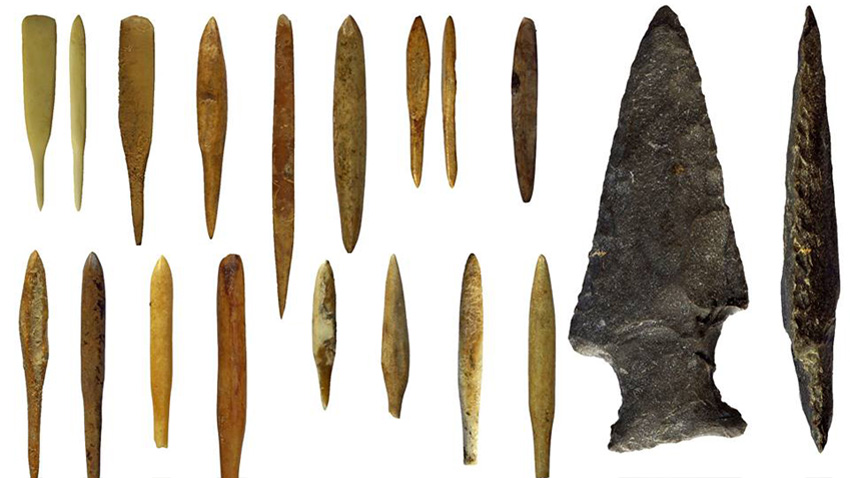
"People settled near the springs specifically to produce salt. In the beginning they boiled brine from the salt springs. This technology is the first of its kind in Europe. The settlers used pottery that they placed in kilns. We have unearthed such a facility built in 5500 BC. One such kiln gave no more than 25 kg of dry salt per charge. About 300 years later, as the need for salt increased, they invented a new method of extraction and brought production to the salty springs. These were underground oval facilities similar to narrow corridors. There were suspended ceramic vessels there filled with salty water. Constant fire was kept burning under them. Thus, depending on the size of the facility, they could produce about 200 kg of salt with one filling of the pots. The technology was continuously perfected until they started producing solid salt bars. These salt bars represent the first money exchanged for goods and services in Europe. We can be sure that the salt center in today's Provadia was also the first mint facility in Europe."
However, the wealth of enterprising inhabitants in prehistoric times did not go unnoticed. Their settlement became subject to a number of enemy attacks, which led to the construction of a massive stone wall, which makes Provadia the place where construction of protective fortifications started. More from Prof. Nikolov:
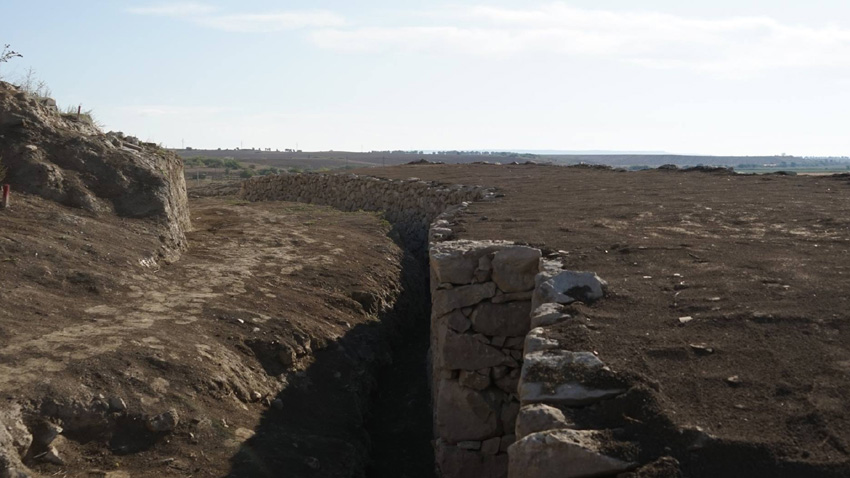
"The first stone fortification was built here somewhere around 4700 BC. It is a stone wall with a width of about 1.20 m, but two consecutive earthquakes destroyed it. In its place a new one was erected. It was an extremely massive 6-m wide wall. The amazing thing is that it was built on principles of construction used much later.
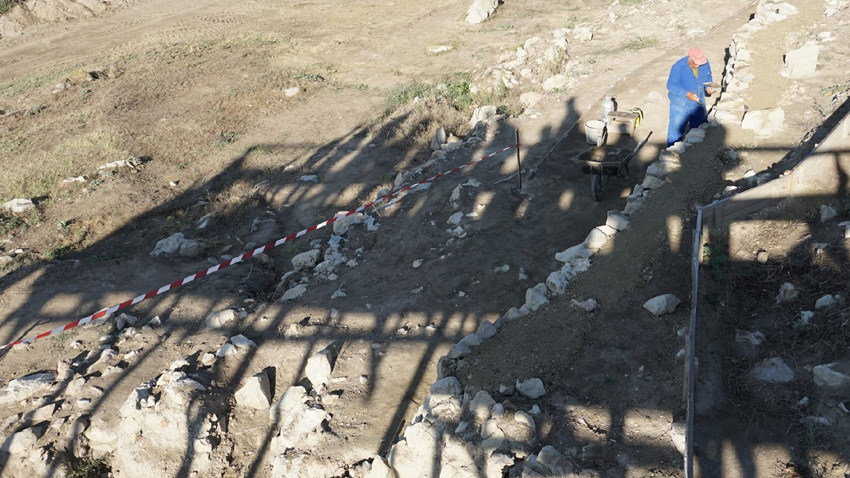
This leads us to the conclusion that the basic principles of fortress construction were also born here. The height of the wall was about 5 - 6 meters, which meant that people had wealth to defend. They also did not have trouble paying for the construction. About 500 people were living in the village and they had two-storey houses. They dealt only with the hard work of salt extraction and trading but had the means to hire builders from elsewhere."
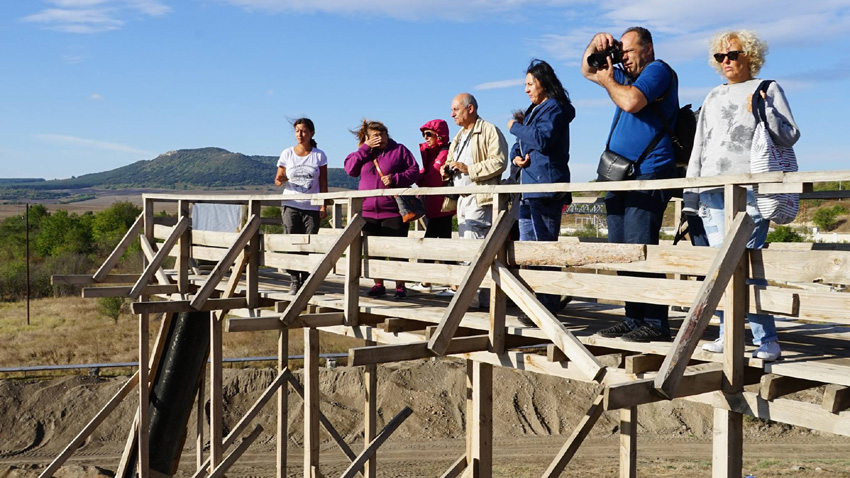
English: Alexander Markov
Photos: private libraryThe National History Museum celebrates the 130th anniversary of the birth of Tsar Boris III with the exhibition "Tsar Boris III. Personality and Statesman" . It will be opened today in the central lobby of the museum. The exhibition will present, in..
26 years ago, on 30 September, at the initiative of the Bulgarian Orthodox Church (BOC), a Pan-Orthodox Council was convened in Sofia to resolve the schism within the Bulgarian clergy . Then, despite the efforts of Patriarch Bartholomew of Istanbul to..
The head of a statue has been unearthed during excavations in the great canal of the ancient city of Heraclea Sintica located in Southwestern Bulgaria, close to the town of Petrich. The head longs to the statue that was discovered a few days ago..
On November 22 and 23, the Bulgarian Orthodox Church will solemnly celebrate the 100th anniversary of the consecration of the Patriarchal Cathedral "St...
The Patriarchal Cathedral of St Alexander Nevsky is celebrating its temple feast today. The cathedral, a symbol of the Bulgarian capital, was built "in..

+359 2 9336 661
